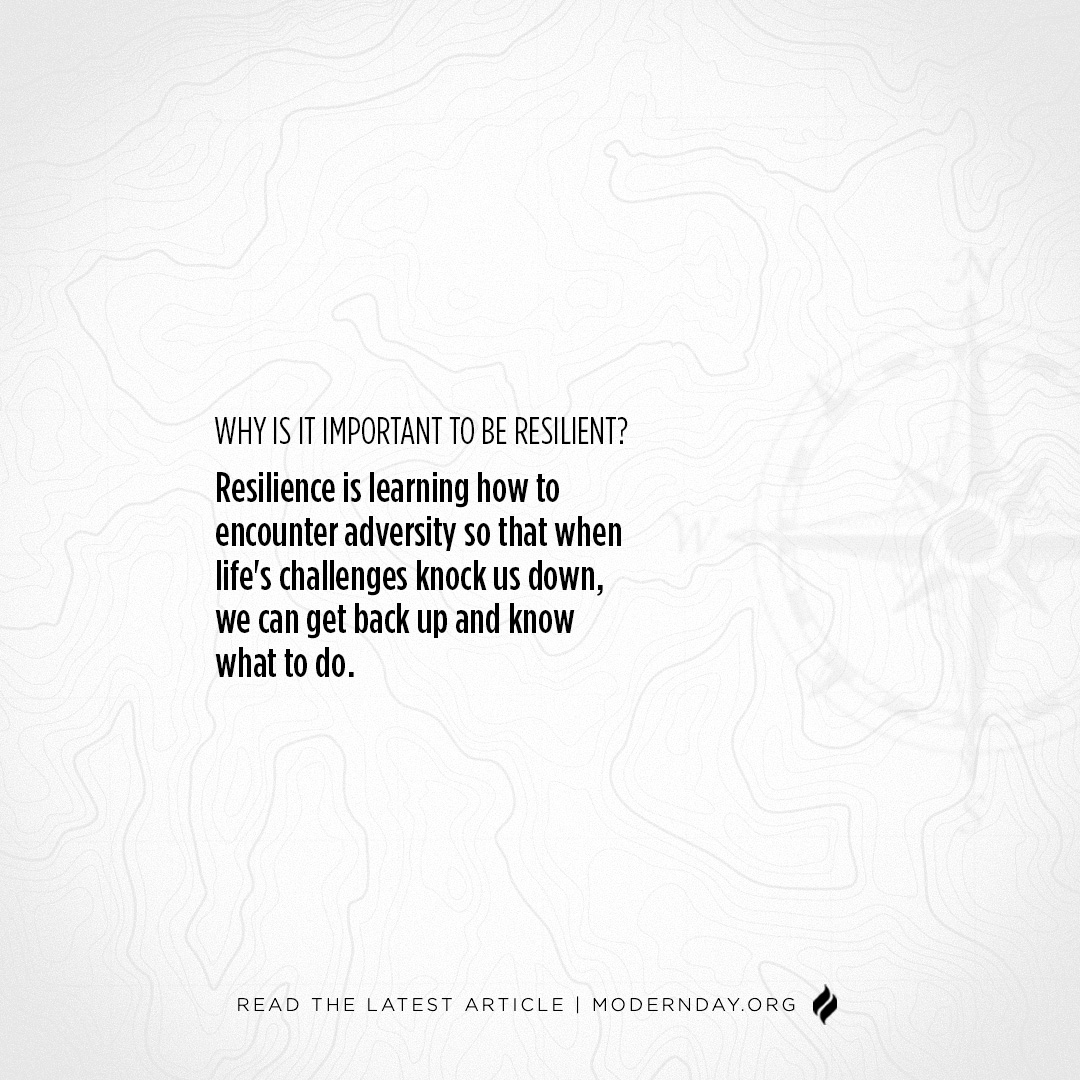When Christians are told about or witness the evangelistic activities of their fellows in the faith, I frequently hear them react by saying “If I was a non-believer, I wouldn’t like it if someone approached me the way you approached that person.” I have no doubt that this statement is true. However, I have often seen (and experienced) positive outcomes from the very outreach efforts that some Christians criticize. And when detractors of certain methods propose alternative tactics for sharing the Gospel, I could often point to instances in which the supposedly more sophisticated methods have not been effective (as well as times they’ve worked).
Unfortunately, there is no failsafe style of evangelism because there is no approach that perfectly caters to the sensitivities of every hearer. An approach that severely offends one person might sincerely move the heart of another. Not only is there the challenge of whether the message is well received, but also whether it’s even understood.
If your attempts at sharing the Gospel have ever been met with confusion or consternation, you shouldn’t necessarily conclude you’ve erred in your presentation. In fact, you’re in very good company. Take a few episodes in the life of Paul, the apostle, for example. His experiences bely some of the so-called surefire evangelism philosophies.
I sometimes hear people claim that we would make more disciples of Jesus if we were operating in “signs and wonders” (displays of supernatural power). But that didn’t always work for Paul. When he and his ministry companion Barnabas visited the city of Lystra (part of modern-day Turkey) and performed a sign of healing on a disabled man, witnesses to the miracle began worshipping them (instead of Christ) saying “The gods have come down to us in the likeness of men!” (Acts 14:8-18).
Another evangelism cliché is that if we just go out and preach “the simple Gospel” the results will be spectacular. However, we must be careful because what was once regarded as a simple explanation of the “good news” in the Western world is not always intelligible in what has become an increasingly less Bible-saturated culture. This was also true of some places and cultures Paul sought to reach. When he went to Athens and preached about Jesus and the resurrection, his audience was confused and said “you bring some strange things to our ears” (Acts 17:16-34).
Still, others say that the key to influencing people’s spiritual direction is cultural sensitivity. They say Christians should work to blend in with those they seek to reach. Paul tried this as well. When he went up to Jerusalem to preach there, he sought to blend in with his Jewish brethren by following certain ceremonial customs that aren’t required for Christians. However, most of them were unpersuaded and “seeing him in the temple, stirred up the whole crowd and laid hands on him” before they “dragged him out of the temple” (Acts 21:27-36).
Of course, there are other times throughout Paul’s ministry that his demonstration of miraculous signs persuaded people about the Gospel’s validity (Acts 14:1-4). Other times, his preaching of the simple truth regarding Jesus resulted in conversions (Acts 13:13-52). And he was able to endear himself to some Jews as he culturally “became as a Jew” (1 Corinthians 9:20). Thus, none of this is meant to undermine miracles, simple preaching or cultural sensitivity. However, it is to suggest that although each of these methods is effective in some contexts, not one of them is penultimate in every salvation.
There’s often no avoiding the use of less-than-potent approaches to evangelism. We can’t always know in advance what methods will connect us with our hearers and which ones will not. Sometimes, we have to go through a process of trial and error before find what works. That process is worth the effort.
Photo by Alasdair Elmes on Unsplash
By: Raymond Billy
Raymond Billy, is a missionary with Modern Day Missions. If you’d like to make a financial contribution to Raymond and his ministry, Click Here.







